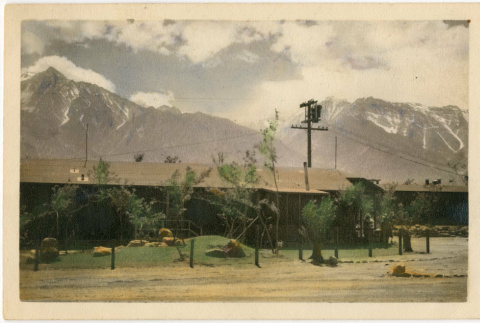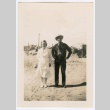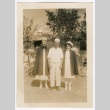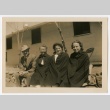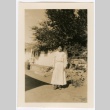Medical care and health issues
Medical and dental facilities were for the most part inadequate, lacking in both equipment and staff. Doctors and nurses were overworked, and treatment was often substandard as well as delayed. Camp inmates recall outbreaks of food poisoning, tuberculosis and dysentery epidemics, and preventable deaths of patients and newborns.
World War II
(231)
Concentration camps
(1454)
Medical care and health issues
(449)
Related articles from the
Densho Encyclopedia :
Medical care in camp
449 items
449 items

doc
Letter to Henrietta Schoen from Edna Hamamoto (ddr-densho-223-64)
A letter thanking Henrietta Schoen for her care of Edna Hamamoto's father during his stay in Sante Fe.
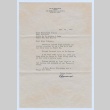
doc
Letter to Henrietta Schoen from Dr. Riuichi Ipponsugi (ddr-densho-223-63)
A letter regarding invoices for work done at Sante Fe.
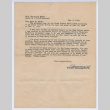
doc
Letter to Henrietta Shoen from Riuichi Ipponsugi (ddr-densho-223-77)
Letter regarding monthly reports.
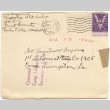
doc
Envelope and letter to Dr. Keizaburo "Kei" Koyama from William Koyama (ddr-one-5-39)
Envelope addressed to Dr. Keizaburo Koyama at Camp Livingston from his son William Koyama at Minidoka. Postmarked Oct 7, 1942. In red pencil “Oct. 10, 1942” is written below the postmark. On the front of the envelope is a purple stamp that reads “Censored/Camp Livingston/Interment Camp.” Inside is a letter, dated October 5, 1942. William writes …
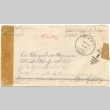
doc
Envelope and letter to Dr. Keizaburo "Kei" Koyama from Miriam Kiyo Koyama (ddr-one-5-52)
Envelope addressed to Dr. Keizaburo Koyama at Camp Livingston from his daughter, Miriam Kiyo Koyama, at Minidoka. In place of postage “Internee of War/Free Mail” is written in the upper right hand corner. Postmarked Apr. 18, 1943. In the upper center of the envelope “4/30-43” is written in red pencil. Along the left edge of the …

doc
Postcard to Dr. Keizaburo "Kei" Koyama from Teru Koyama (ddr-one-5-12)
One cent postcard addressed to Dr. Keizaburo Koyama at Fort Sill from his wife, Teru Koyama, at the Portland Assembly Center. Postmarked May 14, 1942. Message on the back dated May 13, 1942. Teru writes to Kei about her and the children getting their first typhoid shots, her new work duties, and the family's enjoyment of …
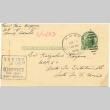
doc
Postcard to Dr. Keizaburo "Kei" Koyama from Teru Koyama (ddr-one-5-56)
One cent postcard addressed to Dr. Keizaburo Koyama at Santa Fe Detention Station from his wife, Teru Koyama, at Minidoka. Postmarked Jun 15, 1943. To the left of the postmark “6/21/43” is written in red pencil. In the lower left corner is an upside down "Examined" stamp. The back of the postcard is dated June 14, …
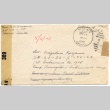
doc
Envelope and letter to Dr. Keizaburo "Kei" Koyama from Teru Koyama (ddr-one-5-53)
Yellowed envelope addressed to Dr. Keizaburo Koyama in Camp Livingston from his wife, Teru Koyama, in Minidoka. Envelope is postmarked Apr 23, 1943, with “Internee of War/Free Mail” handwritten in the upper right corner. Written in red pencil is "5/4/43." Along the left edge of the envelope is clear tape with the number 389, and on …

doc
Postcard to Dr. Keizaburo "Kei" Koyama from Teru Koyama (ddr-one-5-27)
One cent postcard addressed to Dr. Keizaburo Koyama at Camp Livingston from his wife, Teru Koyama, at the Portland Assembly Center. Postmarked Sep 1, 1942, with a 6 cent airmail stamp. On the left side of the postcard are two purple stamps; one is an air mail stamp and the second is a "Censored" stamp. On …
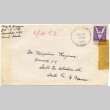
doc
Envelope and letter to Dr. Keizaburo "Kei" Koyama from Teru Koyama (ddr-one-5-58)
Envelope addressed to Dr. Keizaburo Koyama at Santa Fe Dentention Station from his wife, Teru Koyama, at Minidoka. Postmarked Jun 22, 1943. In the upper center “6/28-43” is written in red pencil. Inside the envelope was a letter, in the center of the header is an "Examined" stamp. In the letter Teru writes about being apart …
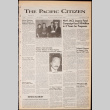
doc
Pacific Citizen, Vol. 111, No. 8 (September 21, 1990) (ddr-pc-62-33)
Select article titles: "Matsui Criticizes Census Bureau for Method on Counting"(p.1); "Fujimori's Request for Japan's Help Seen in 120 Trucks"(p.1); "Nikkei Doctors, Nurses of Internment Camp Days to Be Remembered at L.A. Gala"(p.2); "ORA Case Flow for the First 30,000: What's in Your File and Where It Goes"(p.3).
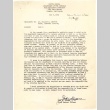
doc
Memo from Jack C. Sleath, M. D., Chief Medical Officer, War Relocation Authority, to Willard E. Schmidt, Chief, Internal Security, May 5, 1944 (ddr-csujad-2-101)
Memo regarding Ward X. Discusses need for determining who is responsible for people in custody in the ward, used for "drunkenness, mental illness and violations of the law on various offenses;" of particular concern is responsibility for people who are believed to be mentally ill. See this object in the California State Universities Japanese American Digitization …
![[Japanese folklore about birth] (ddr-csujad-2-59)](https://ddr.densho.org/media/cache/20/4c/204c837f3ab4f584222a13f4d915fbfb.jpg)
doc
[Japanese folklore about birth] (ddr-csujad-2-59)
Report on Japanese folklore and superstitions regarding the birth of a newborn. See this object in the California State Universities Japanese American Digitization project site: sjs_sch_0059
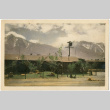
img
View of the doctor's court in Manzanar hospital (ddr-csujad-36-14)
Colored photograph of the doctor's court at the Manzanar incarceration camp. Verso states, "View of the doctor's court in Manzanar hospital." Title from verso. A photo from: Manzanar Photo Album. See this object in the California State Universities Japanese American Digitization project site: man_01_015_01
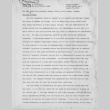
doc
University of California evacuation and resettlement study: The Gila River WRA relocation center, Rivers, Pinal County, Arizona (ddr-csujad-26-27)
Description of the Gila River incarceration camp during the first month of occupation, including camp location, climate, landscape, barracks, issues with camp construction, poor conditions and lack of furnishings, incarcerees who were subjected to upon arrival. Camp administration, food and housing issues, camp employment, security, recreation, and social groups are described and analyzed. Report compiled as …
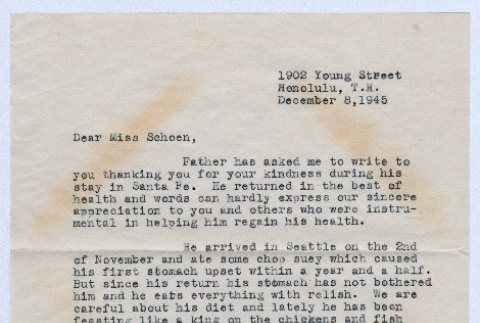
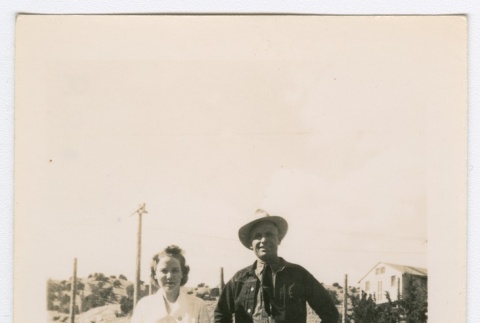

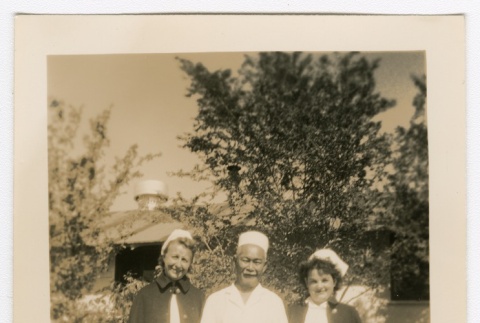
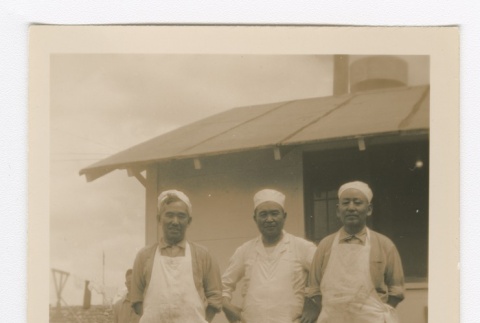

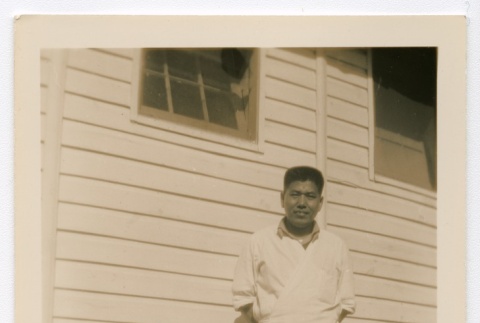

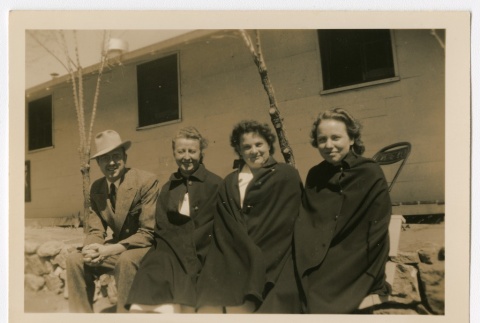
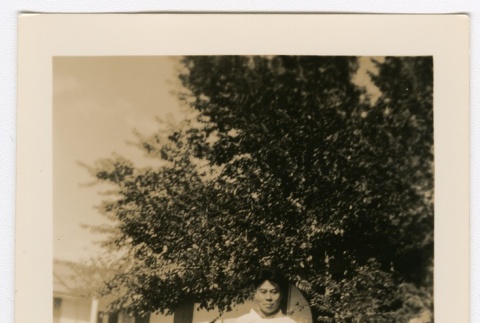

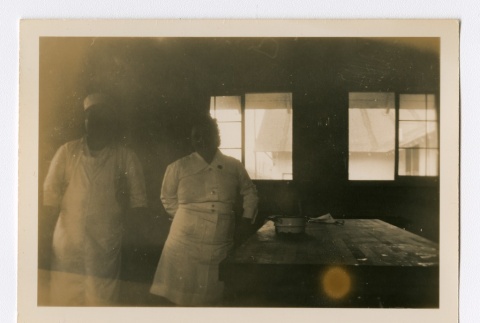

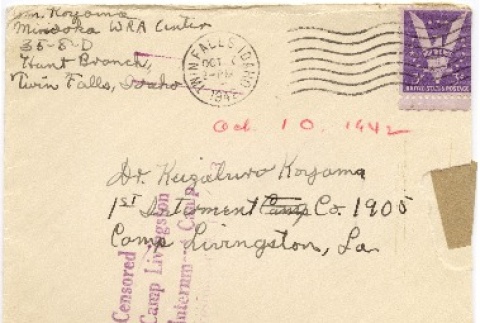
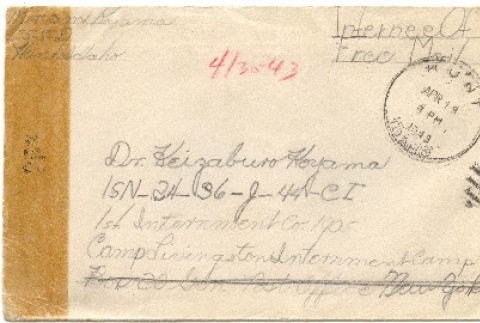


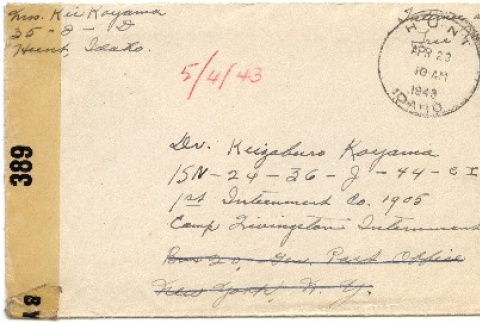
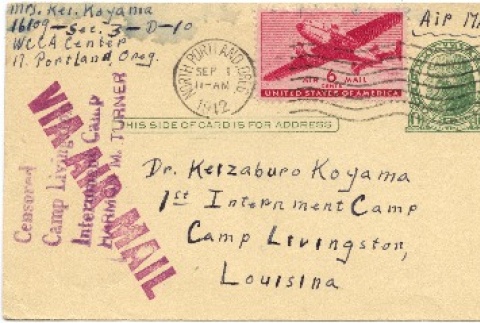

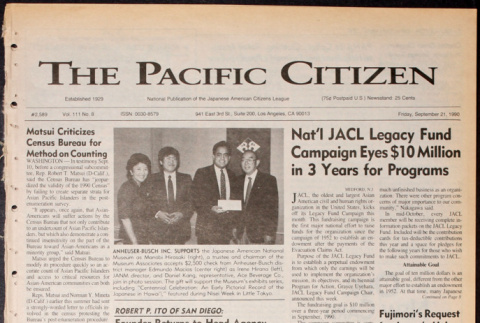

![[Japanese folklore about birth] (ddr-csujad-2-59)](https://ddr.densho.org/media/cache/c8/6d/c86d69e6bb89f9abe78396bee5caefac.jpg)
